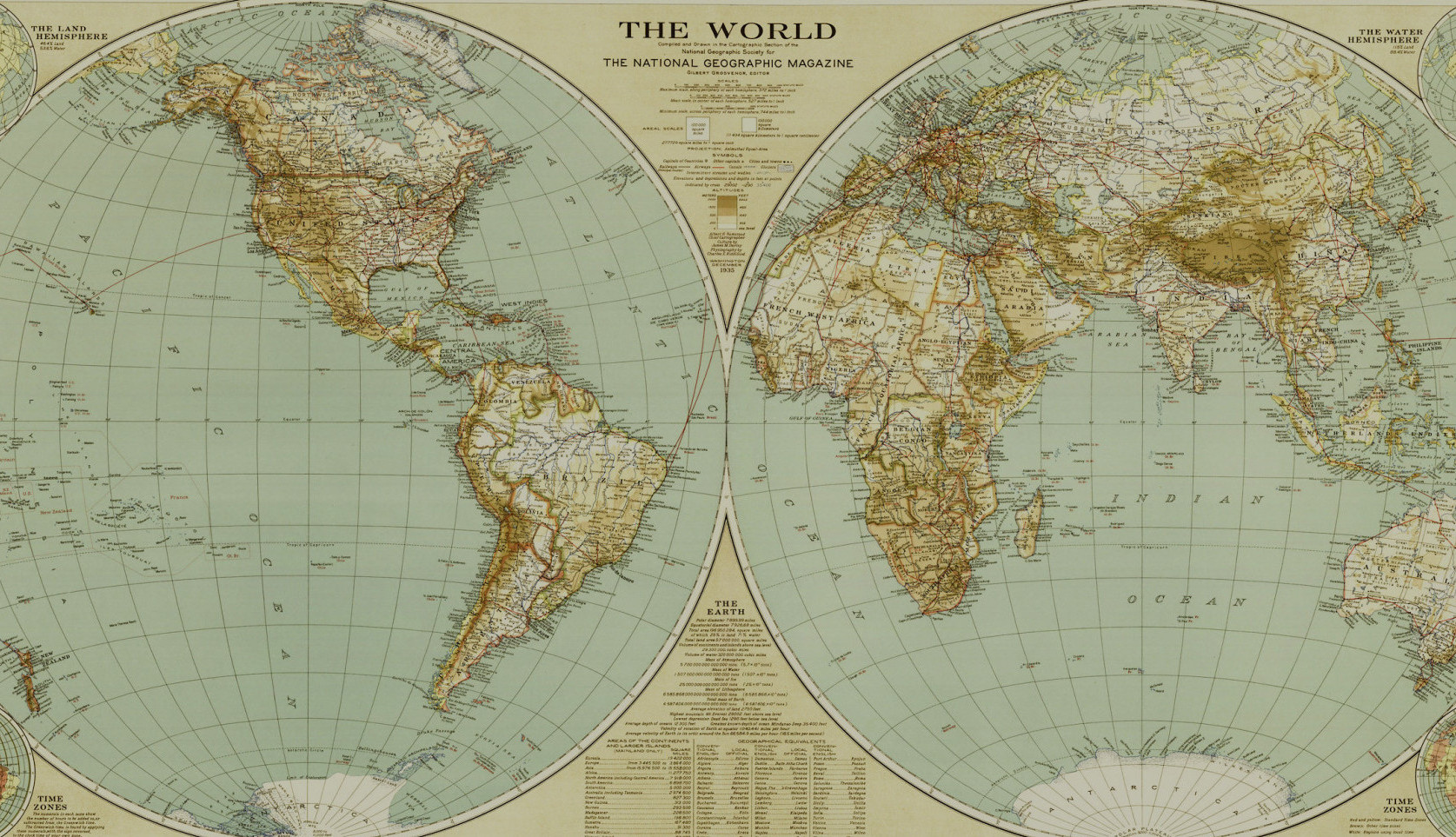In February of last year, during my year of digs, I spent a few weeks in Tasmania with the Flinder’s University Historical Archaeology Field School run by Dr. Heather Burke. We were based at Willow Court, a large complex of buildings that functioned as a mental health institution from 1827 to 2000. The goal for that season’s fieldwork was to prepare the site for excavation by mapping the complex with a total station, doing geophysical surveys to identify sub-soil features and cataloguing artefacts in storage.
While working with the Flinder’s team I was able to spend some time with Dr. Kelsey Lowe surveying the gardens surrounding Frascati House, the cottage that was built by Willow Court’s Superintendent in 1832. We used ground penetrating radar, an electrical resistivity device and a magnetic gradiometer to survey the area in order to target areas to place future excavation trenches. Learning from experts like Dr. Lowe was one of the highlights of my year of digs. I was able to get an insider’s perspective on the pros and cons of doing geophys on historical sites – hidden metal in the ground is not the friend of the archaeological geophysicist!
The second Global Archaeology expert to be featured, Dr. Lowe is an Australian Research Council Senior Research Associate at the University of Southern Queensland who performs geophysical surveys around the world. She conducts fieldwork in the state of Queensland, Australia on Historical Native Mounted Police camps, as well as in Cyprus, Turkey, Southeast Asia and the United States. The landscapes she works in vary from sandstone escarpments in Australia – to limestone formations in Cyprus – to alluvial plains in Southeast Asia. In these vastly different regions of the world she uses the same technology and techniques to understand human behaviour in the built environment.
While Dr. Lowe focuses her energy on archaeological geophysics she has had lots of experience getting her hands dirty in the trenches. Her most memorable archaeological experience was in Cyprus:
“I was assisting a field school in 2015, and as part of the field school, I unearthed a young female burial found on the floor of a Middle Bronze Age mudbrick house during the archaeological excavations. She was adorned with faience beads, copper ingots and spiral earrings. Finding her was completely unexpected as the cemetery for the site was only 50 m away. It was the mudbrick wash from the structure’s walls that preserved her.”
Geophysics is a unique archaeological technique because it is a minimally invasive way to understand the archaeological record. It allows archaeologists to create maps of archaeological features without disturbing them through digging. However, international travel with all that equipment can be a challenge! When doing archaeological prospection Dr. Lowe uses ground-penetrating radar (GPR), magnetometers, electromagnetic induction and resistance meters to map what is below the surface and a total station to map the ground surface itself. After the surveys are done she conducts geoarchaeological analysis in the lab to understand the composition of archaeological soils. These include magnetic susceptibility, loss on ignition, particle size analysis and phosphorus analysis. ESRI ArcGIS is used to process all the data collected and turn it into maps of the archaeological landscapes she walked over days, weeks or months before.
Dr. Lowe’s interdisciplinary background gives her a unique perspective on archaeology. Having starting her archaeological journey with a BA in Anthropology, she has over twelve years of experience in cultural heritage management (CHM) in both the United States and Australia. CHM has given her insights into the management and preservation of heritage sites, as well as an affinity for public outreach and engagement with local archaeology and heritage. Combined with her knowledge of geoarchaeology and near surface geophysics, her fieldwork experience allows her to examine and visualise archaeological landscapes in a unique and insightful way. It is fascinating how two archaeologists can look at the same landscape and see very different things.
When Dr. Lowe was giving the Flinder’s Historical Archaeology fieldschool students, and myself, an introduction to geophysical fieldwork I was struck by how much she knows about her equipment. While my first impression of geophysical survey was that archaeologists get harnessed to a metal box on wheels and pull it through fields, she was able to explain the history and use of each instrument – where it came from, where it has been and what it can reveal to us. I now understand what these tools can allow archaeologists to do. Seeing beneath the surface is something an archaeologist of fifty years ago could never have imagined and it is still and amazing ability.
After spending time with her in Tasmania and more recently interviewing her for this post I was curious to find out what has kept Dr. Lowe so interested in archaeology for over fifteen years:
“There are many aspects of archaeology that attracted me to the job; the first would be having the chance to learn about our (human’s) ancient history. The other part is engaging with local communities or the Indigenous people for whom we are studying, especially their material culture. The last is the chance to travel and work in many places in the world as part of this career and to learn about other areas of the world. I think the community engagement and research outcomes are what keeps me involved in this field.”
*** Thanks so much to Kelsey Lowe for agreeing to be featured as a Global Archaeology Expert and sharing her perspective on archaeology!
